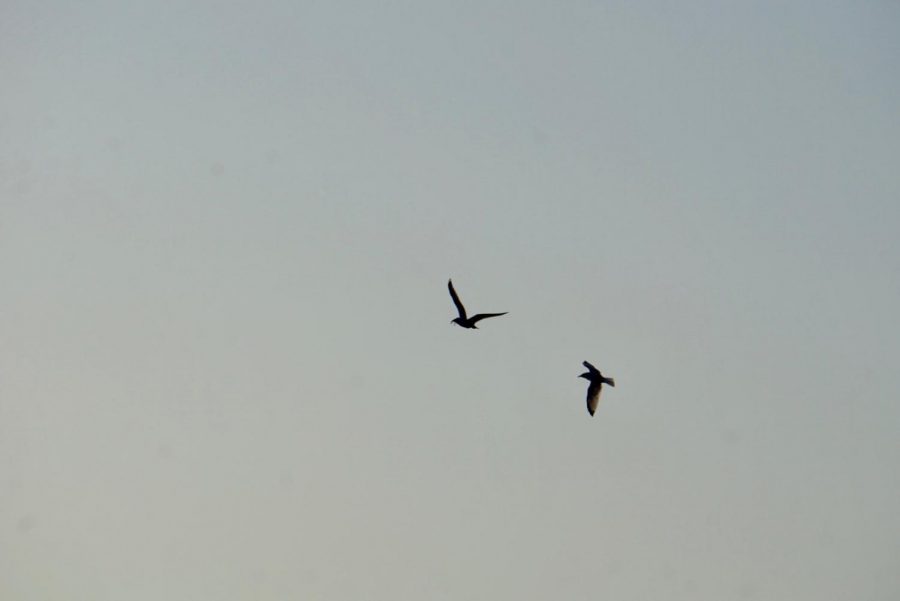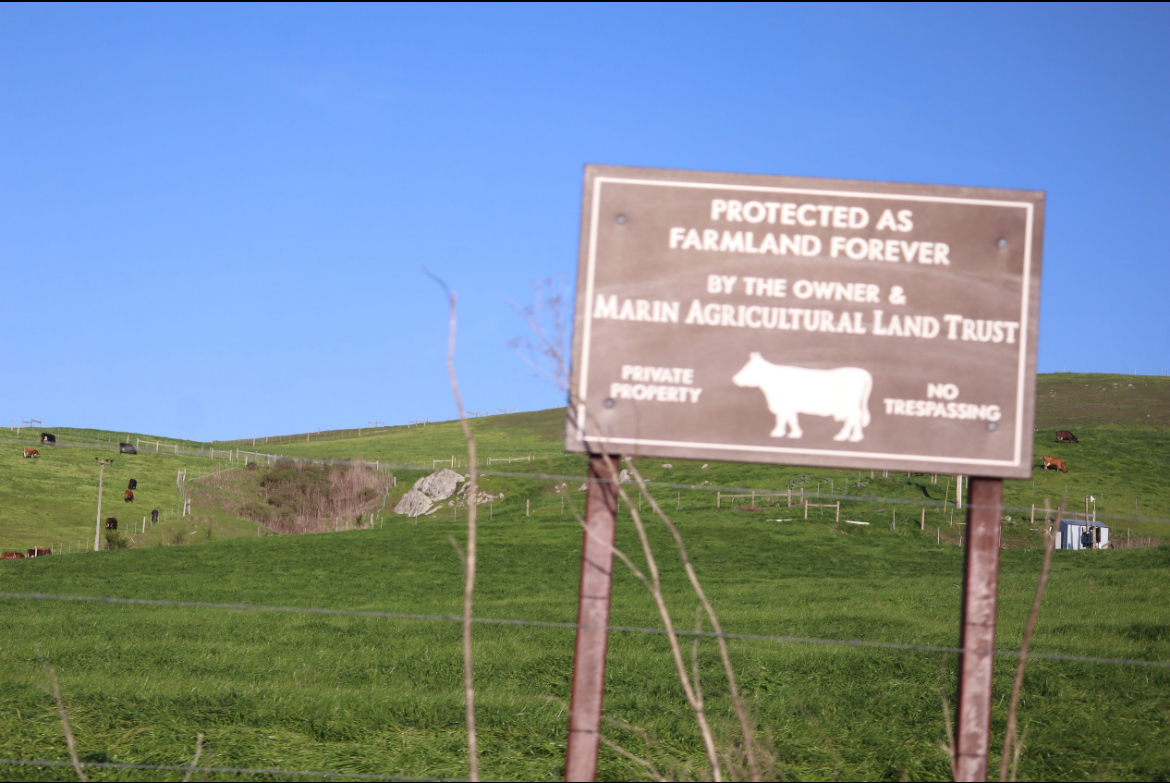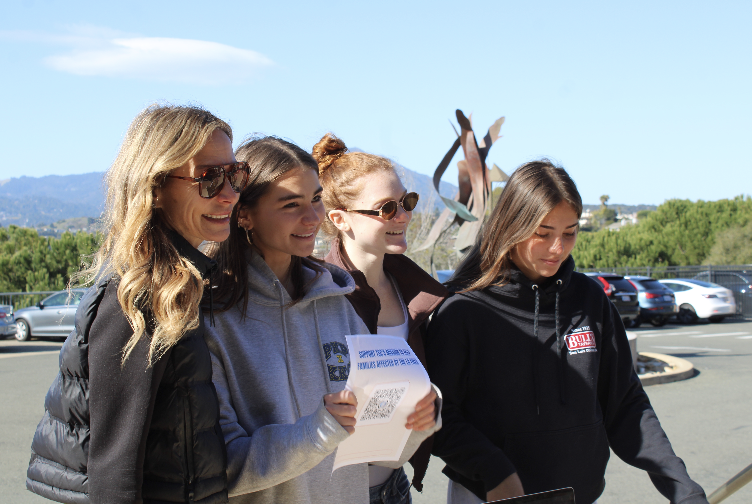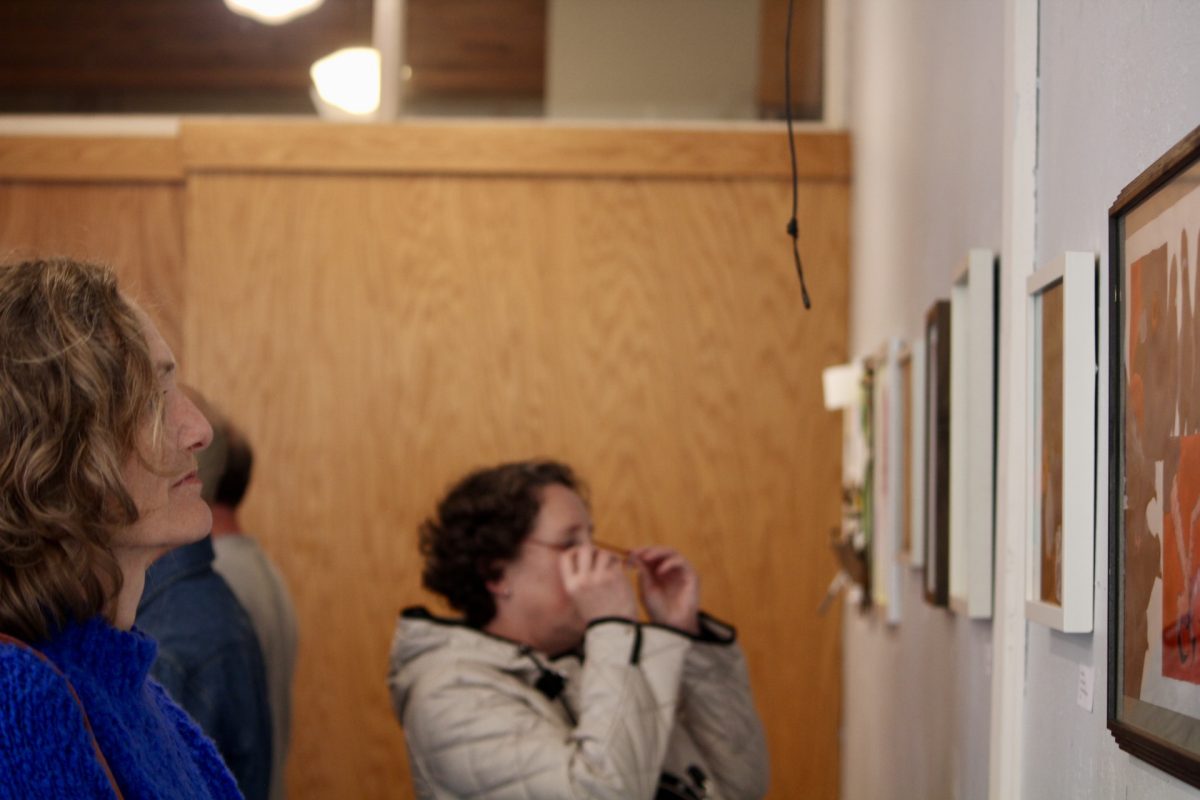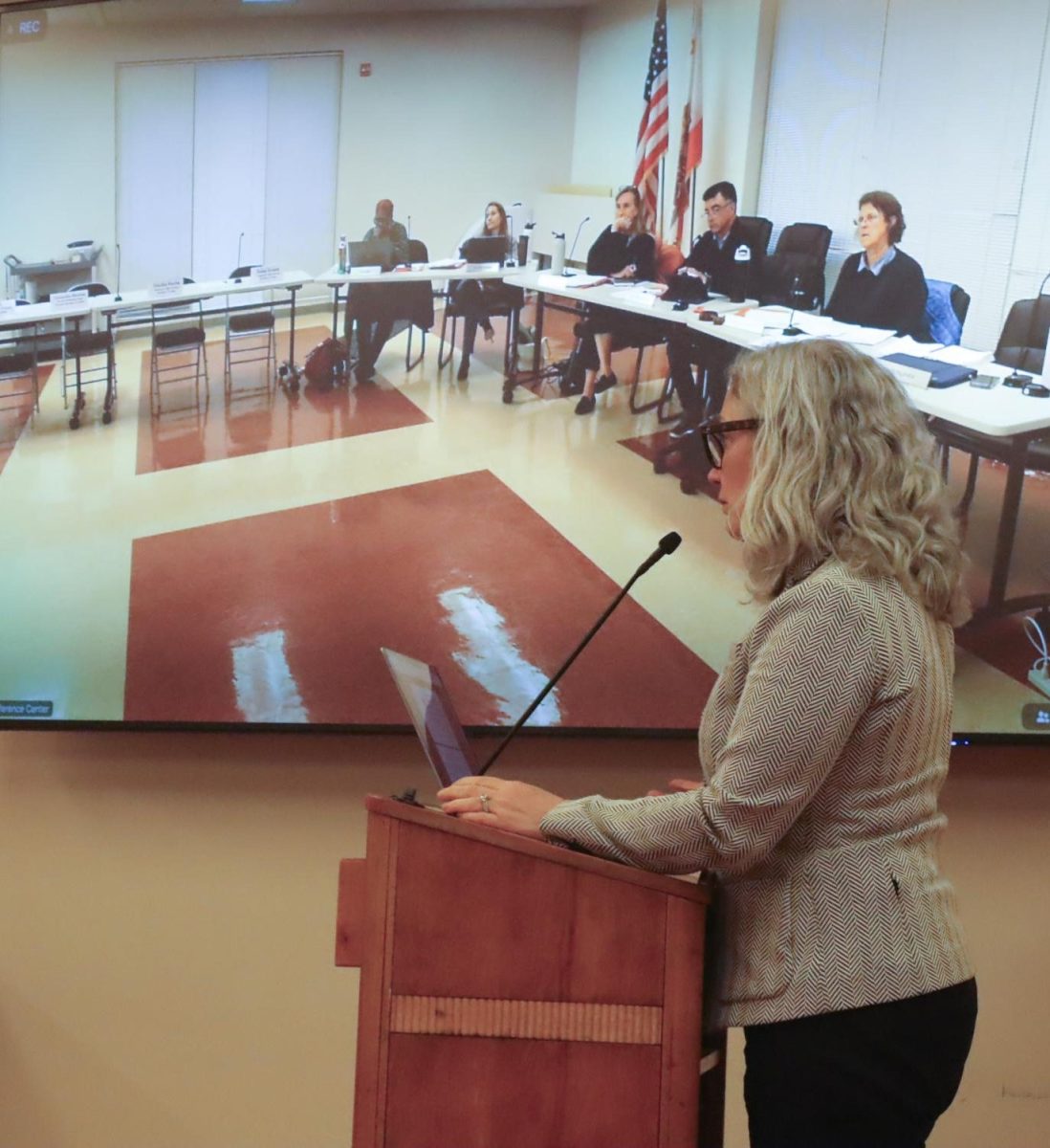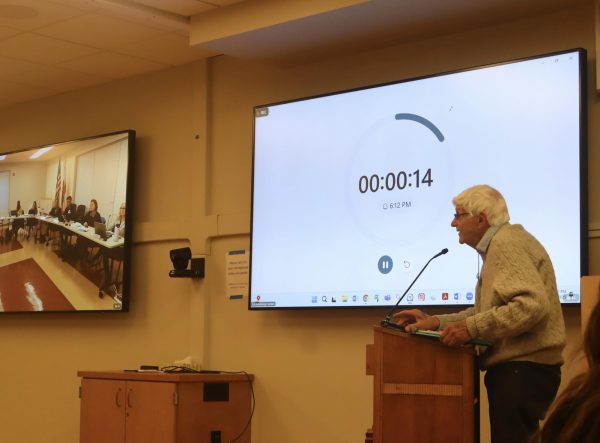Throughout a typical day in Marin, spotting a bird soaring freely in the sky or perching strategically on treetops is far from a rare occurrence. By nightfall, some birds may leave to continue their journey of migration, unaware that they risk their lives by leaving this county. With the successful protection of wildlife habitat and open space in Marin, birds appear to be thriving. However, recent data demonstrates that, in reality, the North American bird population is in critical danger.
A study by Cornell scientists published on Sept. 19 in the journal Science announced the disappearance of 2.9 billion birds from the North American bird population since 1970. The population has decreased by approximately one-third of its original size since the study began, leading to worldwide concern. More recently, in a report published on Oct. 10, the National Audubon Society found that of the remaining population, two-thirds of the bird species in North America are at risk of extinction.
Andrea Jones, the Director of Bird Conservation for Audubon California, suggests that environmental changes resulting from human activity are the primary cause of the population’s steep decline.
“I think habitat loss and pesticides are the main causes. There’s a lot of housing development, so really the biggest reason [for declining populations] is just conversion,” Jones said. “Pesticides are a really big one that hasn’t been talked about. Not so much pesticides killing the birds but pesticides killing insects, which are what the birds need to eat.”
Jones also believes water contamination, outdoor cats attacking birds and birds colliding with windows of buildings are smaller factors that contribute to the population decline.
Specifically, grassland birds experienced the greatest decline of the ten classes of bird species surveyed in the Cornell study, decreasing by over 50 percent. According to Jones, most ornithologists, or bird experts, were not surprised.
“I already knew that grassland birds are the most declining [group] of birds. I studied grassland birds for my [master’s] thesis and I’ve seen and read about the declines for decades,” Jones said. “But some of the other suites of birds that were showing really strong declines did shock me more, especially putting the numbers to it.”
The Cornell study showed that the greatest losses were also from easily recognizable birds, which many ornithologists did not expect. According to the study, birds like dark-eyed juncos and white-throated sparrows have decreased in numbers by 160 and 90 million, respectively.
In contrast, the study indicated that the only groups that increased in number were wetland birds by 34 million and raptors by 15 million.
“The fact that geese and waterfowl are improving is not surprising because most federal conservation dollars have gone to protecting wetlands. [Bird hunters] have been really strong conservationists in terms of getting wetlands protected, so it makes sense that they’ve improved. Also, raptors have improved because we’ve gotten rid of some of the pesticides,” Jones said.
Vicens Vila, a Redwood graduate of the class of 2018, is currently majoring in evolutionary biology at Cornell University and works in the Cornell Lab of Ornithology where the study of the 2.9 billion vanishing birds took place. According to Vila, the results of the recent studies are significant due to their reflection of climate change.
“Birds are incredibly sensitive to environmental changes that humans are much less sensitive to. What’s happening to birds and what is causing their populations to decrease dramatically is an indication that we should be really concerned with what’s going on in the environment for our own sake,” Vila said.
Redwood senior and four-year Marin Audubon volunteer Julia Prescott believes that there are ways people can help prevent birds from dying.
“Keeping your cats inside and refraining from single-use plastic will really help birds, as well as sticking something on your window to keep them from crashing into it,” Prescott said.
While the complete extinction of several bird species appears to be impending, according to Vila, the current state of the bird population is not irreversible.
“I felt fortunate enough to be on a trip that went off the coast of Massachusetts recently and we saw a species of bird called the Bermuda petrel. For 300 years, they were thought to be extinct,” Vila said. “So there’s certainly hope for birds, but the rate at which humans enact change to preserve the environment definitely needs to be accelerated.”

